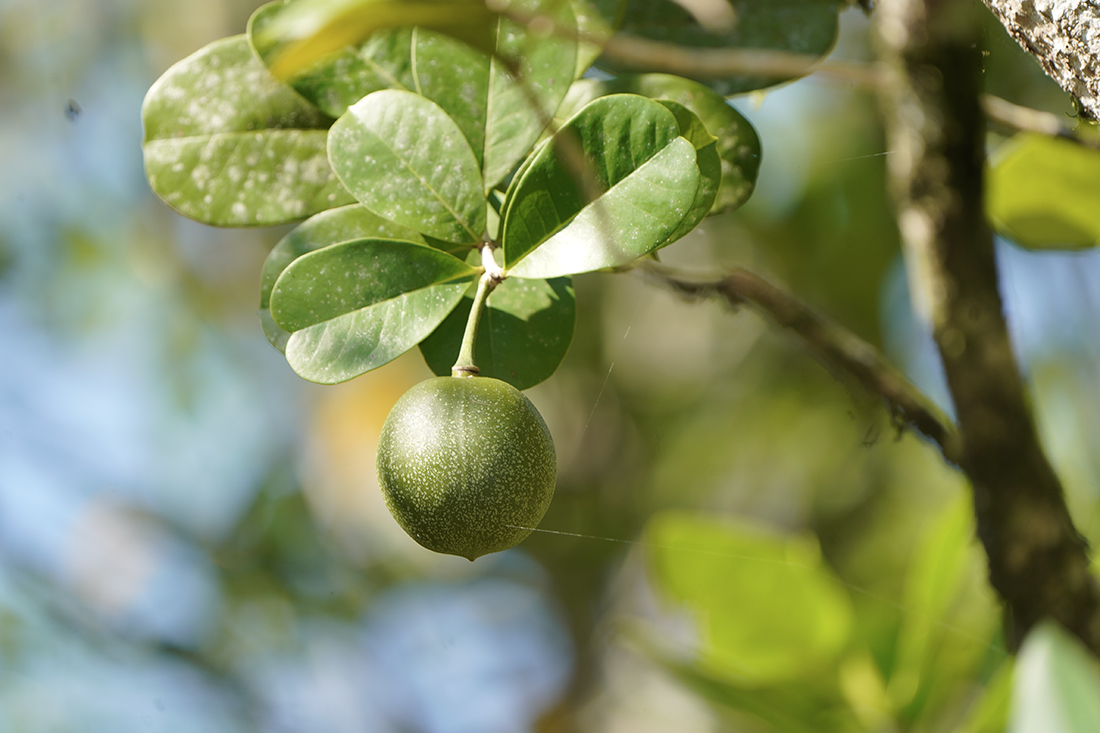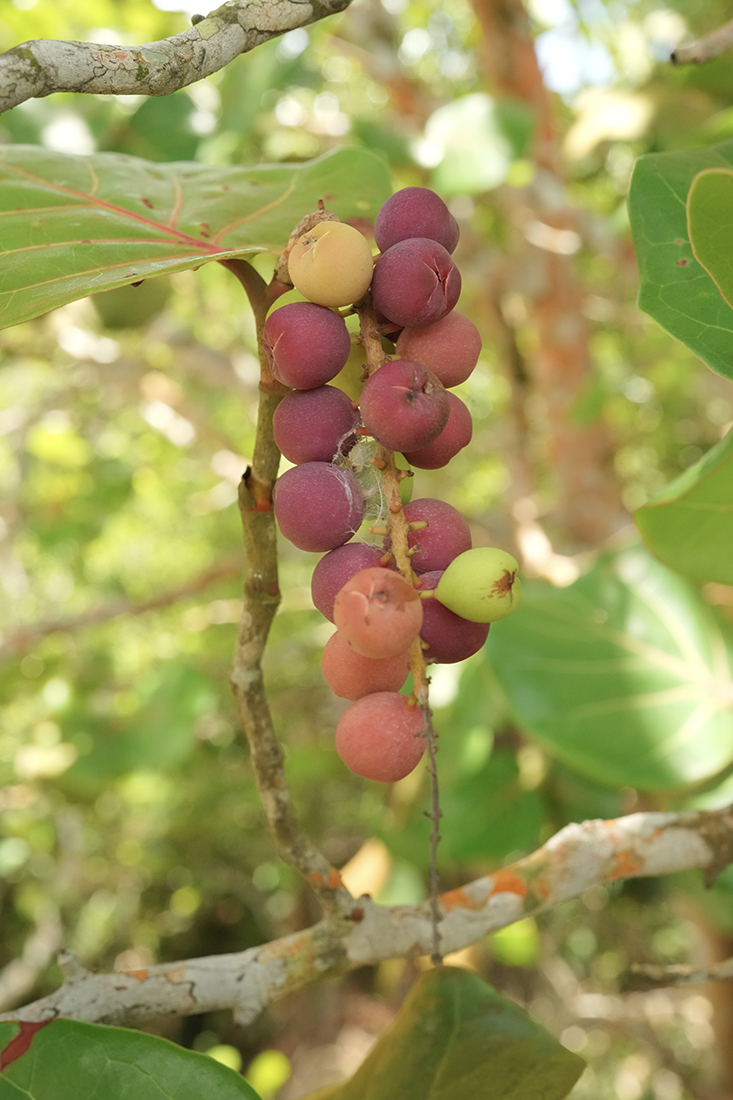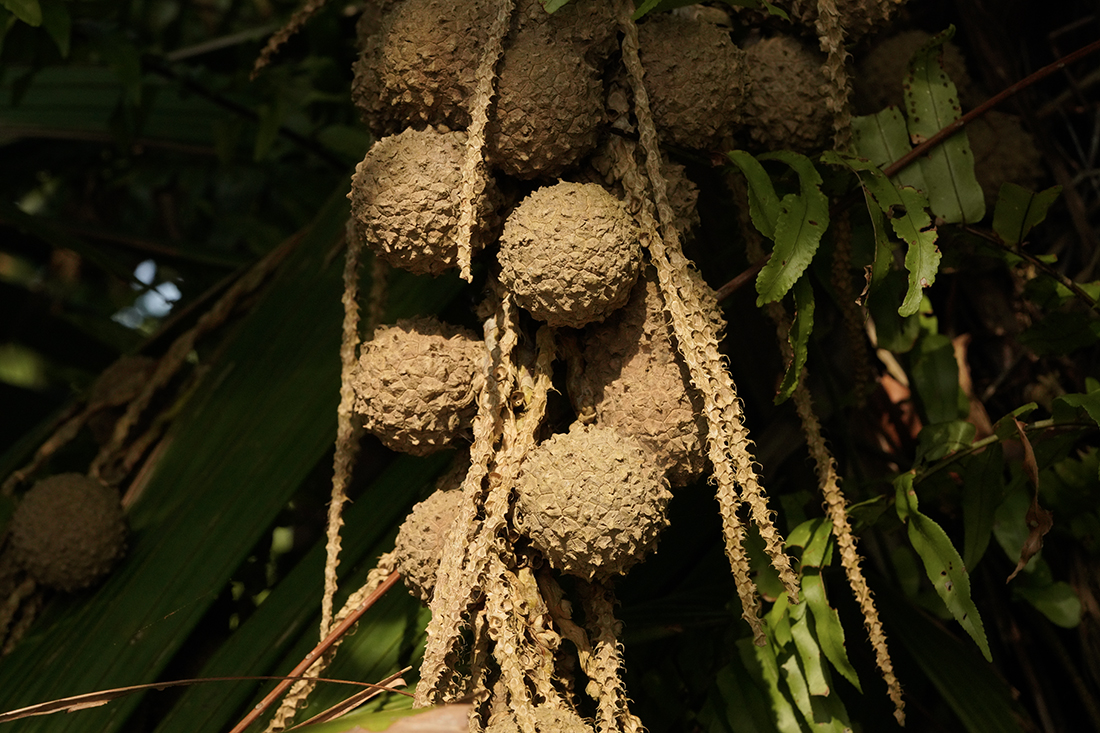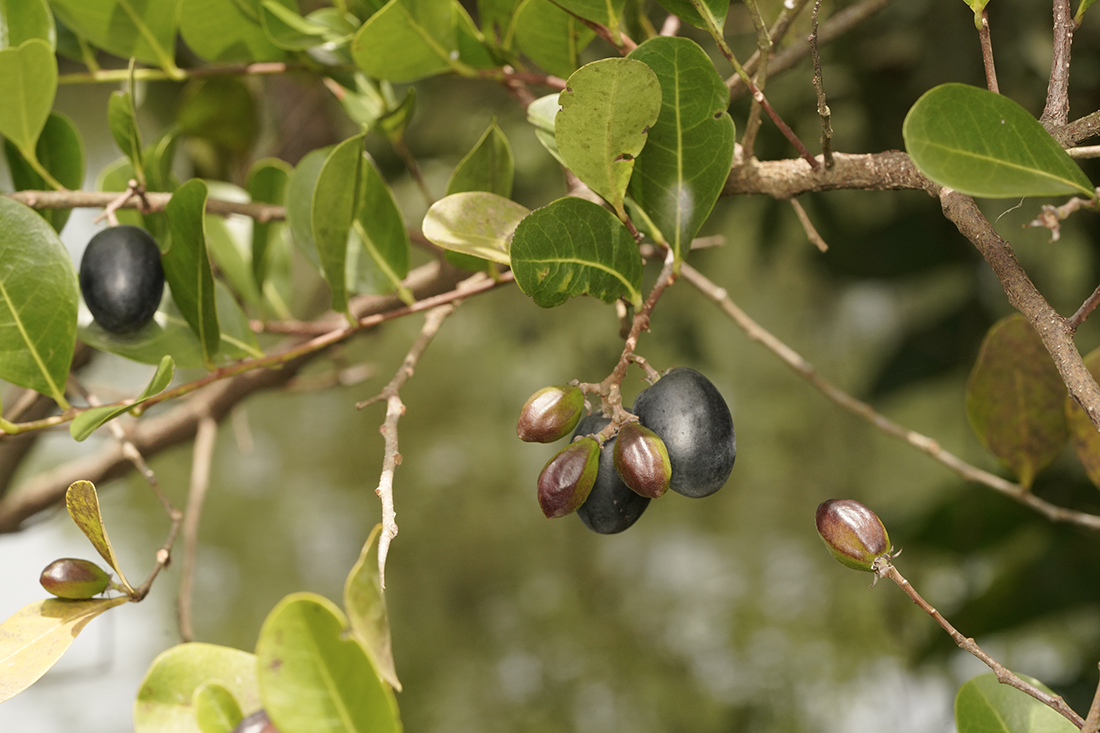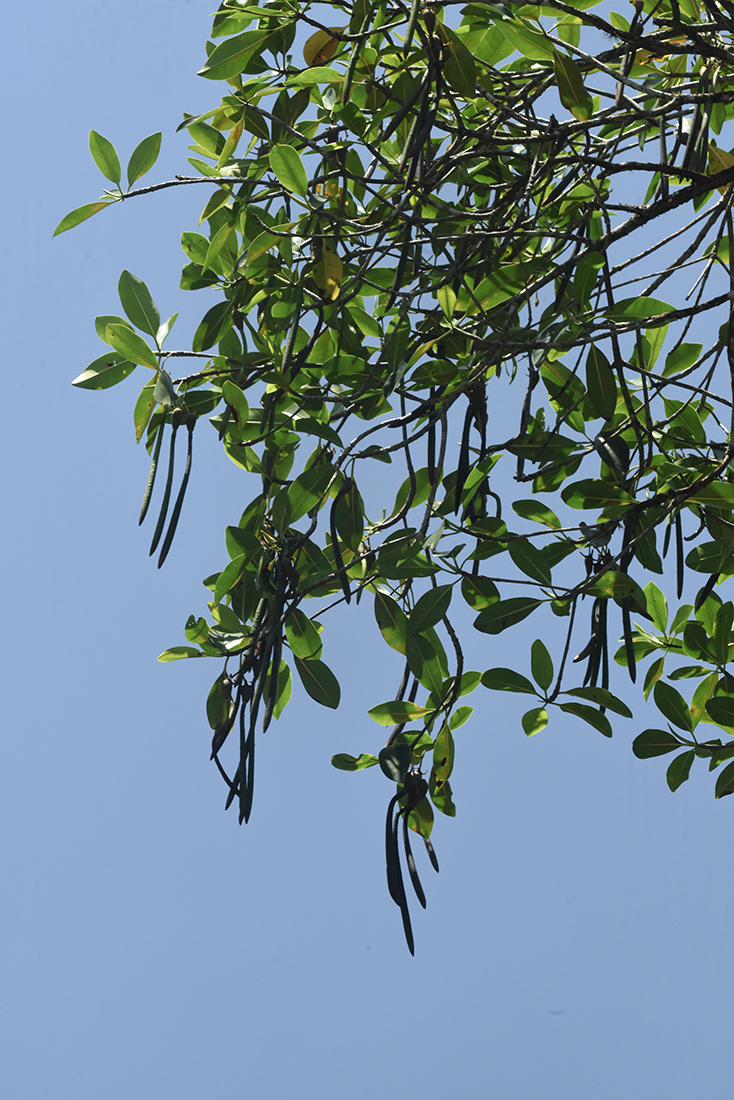The Earth is quite an extraordinary planet, where plants have conquered almost every ecosystem, and ecological niche around the globe. They grow in tiny cracks in the cities, submerged in water, in branches, and light posts (this happens with epyphites!), on rocks, and in many other places. In that sense, there are plants that have evolved to live on beaches, and although it may sound fun, life on a beach is in fact rather complicated. These plants endure many circumstances, and conditions far from ideal for any plant.
Beach ecosystems, and plant life
Beach ecosystems are unique, and notably different from other types of ecosystem due to certain characteristics that define them. Among these, are the fact that the soil in them is mainly composed of sand; they are usually influenced by salty water, and they can be exposed to high temperatures, and solar irradiance.
In addition, beach ecosystems also experience higher exposure to strong winds, and other weather phenomena. In that sense, the wind not only happens to carry the ocean breeze (which is laden with salt), but also, it can become so strong that it would influence the development of the vegetation. On the other hand, beaches are more frequently exposed to natural disasters that can leave behind great consequences for the ecosystems that form in them, such as hurricanes, storms, tsunamis, and floods.
All these conditions are not whatsoever ideal for any plant. For that reason, those species that grow on beaches could be considered more resilient than other plants, and this is certainly thanks to the adaptations that they have undergone to adapt to their habitat.
Plants from the Caribbean beaches of Guatemala
During the Livingston’s Biodiversity Documentation Project, the FLAAR Mesoamérica expedition team got to document some of the plants that inhabit the beaches of Izabal in the Guatemala Caribbean. Since one of the focus of this project was to document wild edible species from wetland ecosystems, you may be surprised to know that there are several species that grow on beaches that are in fact edible.
To learn more about these plants check FLAAR’s Photo Reports from the Series Edible Plants of Wetlands by clicking here. In this article, you can learn of six plants that grow specifically in the beaches of Izabal.
The fruits of the Amphitecna tree are very similar to the fruits of the Calabash tree (Crescentia spp.), but smaller. Rio Caliz, Livingston. March 22, 2021. Photo by David Arrivillaga.
Morro de mar (Amphitecna latifolia)
This is a tree, or shrub with coriaceous leaves, that can be easily spotted for its crooked trunk, and its widely spreading crown (Standley, and Williams, 1974). Its flowers are bilabiate, and green, cream, or purple tinged (Standley, and Williams, 1974), reminiscent of the Calabash tree flowers (Crescentia spp.), or the cuajilote tree flowers (Parmentiera aculeata). The fruits, which are round, have edible seeds that can be roasted, and ground to make a chocolate-like drink (Mundo Forestal, 2020). Moreover, its wood can be used both as timber, and to manufacture musical instruments (García, n.d.). This species is also considered useful for live fences, dune stabilization, and the conservation of estuarine ecosystems (García, n.d.).
There’s a reason why this tree is known as “uva de mar” or sea grape in Spanish. Its racemes look a lot like grape racemes. Buena Vista, Livingston; July 4, 2021. Photo by Nicholas Hellmuth.
Papaturro, or sea grape (Coccoloba uvifera)
Coccoloba uvifera is a tree that can grow up to 25 m high. It has large coriaceous leaves, and its flowers are white, and slightly aromatic (Standley, and Steyermark, 1946). The fruits, which are round, and 1 to 2 cm in diameter, grow in racemes (Standley, 1922), very much reminiscent of grape racemes. And that’s not all. They are edible too, with an acidulous, somewhat astringent flavor (Standley, 1922), and very juicy (Standley, and Record, 1936). In addition, Standley (1922) mentions that “the wood is highly esteemed in tropical America for cabinet work, and is used also for fuel (...) said to yield a red dye (Standley, 1922, pp. 245).
These are the fruits of the confra palm. Buena Vista, Tapón Creek, Livingston; April 25, 2021. Photo by David Arrivillaga.
Confra palm (Manicaria saccifera)
This rather beautiful palm is usually medium-short (up to 6 m high), and has large leaves that can grow up to 5 m large (Standley, and Steyermark, 1958). Curiously enough, it only grows near the coast, “not extending in-land beyond the influence of tidewater” (Standley, and Steyermark, 1958, pp. 271).
Numerous of its uses have been described. For instance, it produces a strong fiber that can be incorporated into sandwich core panels for construction, and other uses (Porras, and Marañon, 2012). Local q’eqchi’ communities of Izabal, also say that its leaves are more durable for thatch roof than other local species (Hellmuth, 2021). Furthermore, its fruits, seedlings, and the starch from the stem are edible (Wilbert, 1994-1996).
The fruits of the icaco can turn into a dark purple color when ripe. Río Pedernales, Livingston; Juy 19,. 2021. Photo by David Arrivillaga.
Icaco (Chrysobalanus icaco)
This is a shrub, or small tree that grows up to 6 m high, with 3-8 cm long coriaceous leaves (Standley, and Steyermark, 1946). Its flowers are white, and its fruits can be white, pink, or dark purple (Standley, and Steyermark, 1946). In Nicaragua, the fruits are made into a preserve, and the seeds have an almond-like flavor.
Mangrove viviparous embryos are quite easy to spot. Red mangrove (Rhizophora mangle) in Creek Las Camelias, Livingston; June 21, 2021. Photo by Nicholas Hellmuth.
Black mangrove (Avicennia germinans), and red mangrove (Rhizophora mangle)
Mangroves may be the most iconic, and recognizable species in beach ecosystems. However, it is not so well known that at least two of all Guatemalan mangrove species are edible. In this regard, the propagules of both the black, and red mangrove (A. germinans, and R. mangle, respectively) are edible (Jordan, n.d.).
Credits of the title photo cover: a Coccoloba uvifera tree found on the Aldea Buena Vista beach. Livingston; April 30, 2021. Photo by David Arrivillaga.
References
- n.d.
- Álbum informativo de árboles y palmas de Yucatán. Ayuntamiento de Mérida 2018-2021.
- 2021
- Palm surviving Beach Sand and Salt Water, Manicaria saccifera, Wetlands of Municipio de Livingston, Izabal, Guatemala. Wetlands Report #11, Edible Plants of Municipio de Livingston that grow along the beach shore of Amatique Bay MLW2, Number 3. FLAAR Mesoamerica.
- n.d.
- Mangrove mystery. Eat the Weeds.
Available online:
www.eattheweeds.com/mangroves-marvelous-muck-masters-2/
- 2020
- Jícaro de playa.
Available online:
www.elmundoforestal.com/portfolio/jicaro-de-playa/
- 2012
- Eco friendly core sandwich panel reinforced with Manicaria fiber and pla matrix. European Conference on Composite Materials, Venice, Italy 24-28.
- 1922
- Trees and Shrubs of Mexico. Contributions from the United States National Herbarium, Volume 23, Part 2. Smithsonian Institution.
- 1946
- Flora of Guatemala. Fieldiana: Botany, Volume 24, Part IV. Chicago Natural History Museum.
- 1958
- Flora of Guatemala. Fieldiana, Botany, Volume 24, Part 1.
- 1974
- Flora of Guatemala. Fieldiana: Botany, Volume 24, Part X, Numbers 3 and 4, Chicago Natural History Museum.
- 1936
- The Forests and Flora of British Honduras. Field Museum of Natural History. Publication 350, Botanical Series Volume XII. 432 pages plus photographs.
- 1994-1996
- Manicaria saccifera and the Warao in the Orinoco Delta: A biogeography.
Antropologica, 81.
Available online:
https://biblat.unam.mx/hevila/AntropologicaCaracas/1994-1996/no81/3.pdf
Posted September 21, 2024
Written by Sergio D’angelo Jerez



